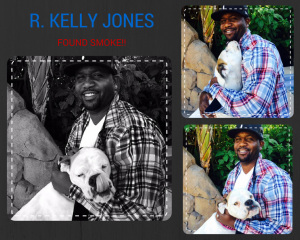“I have not failed. I’ve just found 10,000 ways that won’t work.”
Thomas Edison said it best when describing the role of failure in research. Failure is not the end of your research as you will see after trying and trying again to achieve something significant. Failure only means that what you tried before does not work, but something new and different might work. The failure of one experiment will allow you to question and experiment new and thought provoking ideas that you may or may not have thought of previously. I believe that admitting failure is step 1 after a failed procedure. Then, step 2, must be working on a new procedure that may achieve the results you are looking for. Failure in the field of chemistry or biology can be seen anywhere. Is it bad to say that failure can be seen all over science and medical research? I don’t think it is. Failure has allowed new vaccinations, medicines and even cures for particular diseases to emerge. Human life has been prolonged dramatically over the past 150 years due to “failure” and one outstanding example is that of penicillin. Alexander Fleming was studying bacteria in his own messy way, with no intention of discovering the 20th century’s most vital antibiotic. Some of the accidental fungus had been tossed away, but looking more closely, Fleming noticed that bacteria wouldn’t grow near some of the stuff. It took the work of other researchers and scientists to refine and mass produce the extracted antibiotic substance, but if Fleming kept a neater shop, we may never have found it to begin with. The finding of penicillins helped treat many known bacterial maladies and to this day is used in some way.
So failure, after all, might just help shape the world and better mankind. Or it might just allow you to rethink what it is you are doing and improve yourself. Either way, improvement and success in some way proceeds failure.



 This past spring break I spent another week on Santa Rosa Island. This time I re-measured the 329 tagged Torrey pines from July to determine their growth and survivorship. Seedling recruitment increased substantially, with 53 newly emerged seedlings in my demography plots. Despite having another year of drought, precipitation in the form of fog drip and the shading of larger Torrey pines has allowed over 70% of the seedlings I encountered in July to persist until now.
This past spring break I spent another week on Santa Rosa Island. This time I re-measured the 329 tagged Torrey pines from July to determine their growth and survivorship. Seedling recruitment increased substantially, with 53 newly emerged seedlings in my demography plots. Despite having another year of drought, precipitation in the form of fog drip and the shading of larger Torrey pines has allowed over 70% of the seedlings I encountered in July to persist until now.